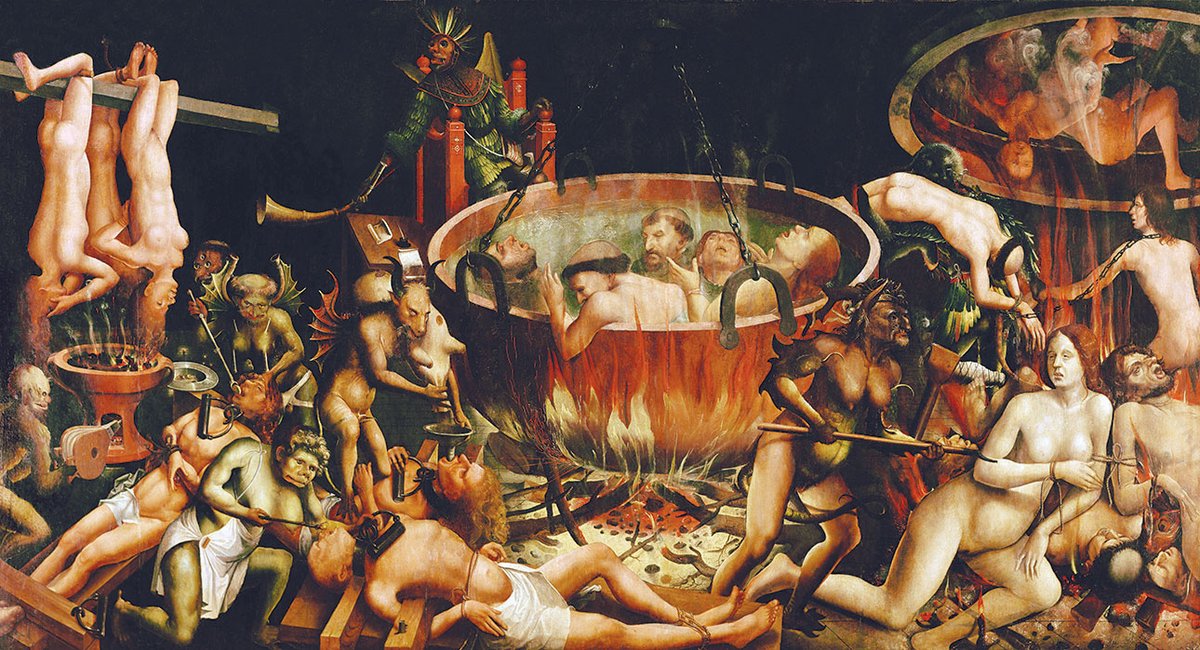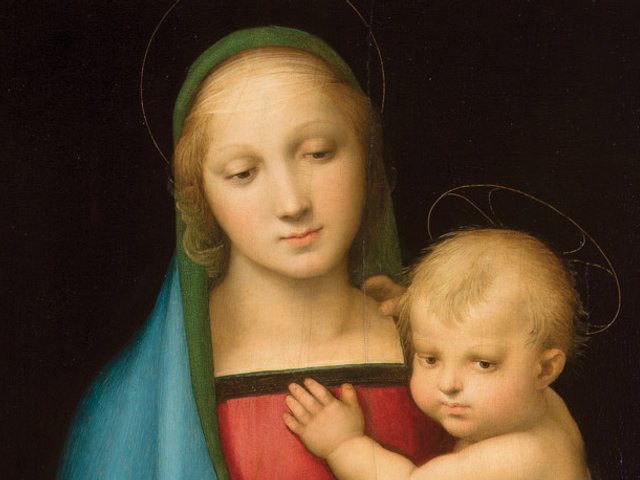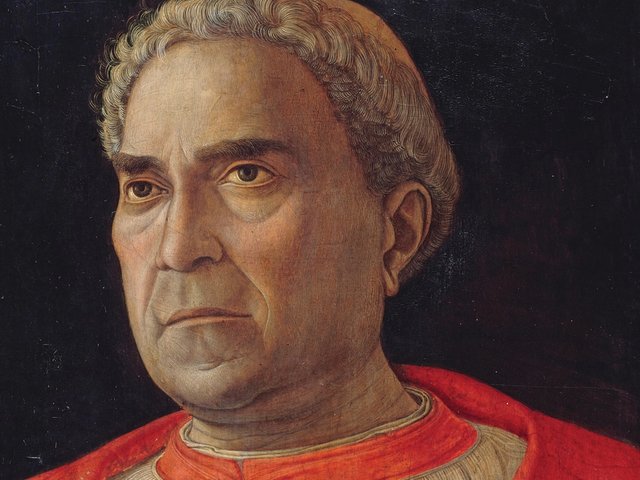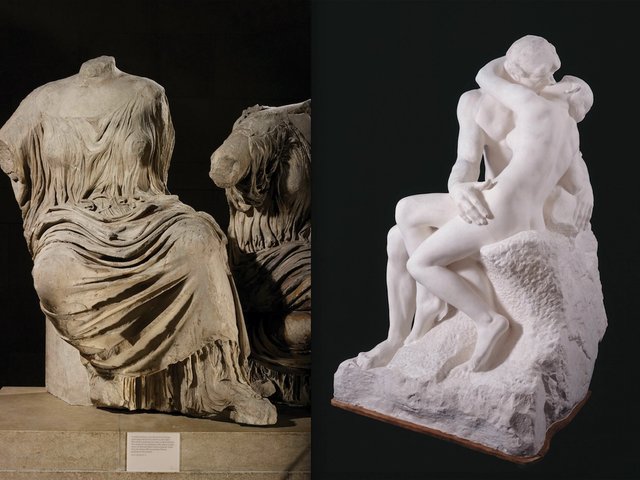A new exhibition inspired by Inferno, the first part of the Italian poet Dante Alighieri’s epic poem The Divine Comedy (1320), is timely because the “century [we live in] has become Hell [itself]”, says its curator Jean Clair.
The exhibition, at the Scuderie del Quirinale in Rome, marks the 700th anniversary of Dante’s death. It features more than 200 works from the Middle Ages to now, presenting Hell in all its forms, from demonic Renaissance depictions of bodies toasting in fire and brimstone (Pieter Huys, Inferno, 1570), to experiences of Hell on Earth, such as the concentration camps of the Second World War (Boris Taslitzky, Le petit camp à Buchenwald, 1945).
Significant loans include a plaster cast model of The Gates of Hell by Auguste Rodin, conceived in the 1880s. The cast, kept at Coubertin Foundry in Paris, is being loaned by the Musée Rodin. “The exceptional size of this work made this [display] one of the most ambitious organisational and logistical challenges in the history of the Scuderie del Quirinale,” says an exhibition spokesperson. Sandro Botticelli’s The Map of Hell (1480-90), which depicts Inferno as an inverted cone tapering to the centre of the Earth, will only be on display for the first few days of the exhibition (to be replaced by a facsimile). The work is on loan from the Vatican Apostolic Library, which “ruled out loaning the [other] Botticelli Divine Comedy illustrations on the basis of their extreme fragility”, adds the spokesperson.
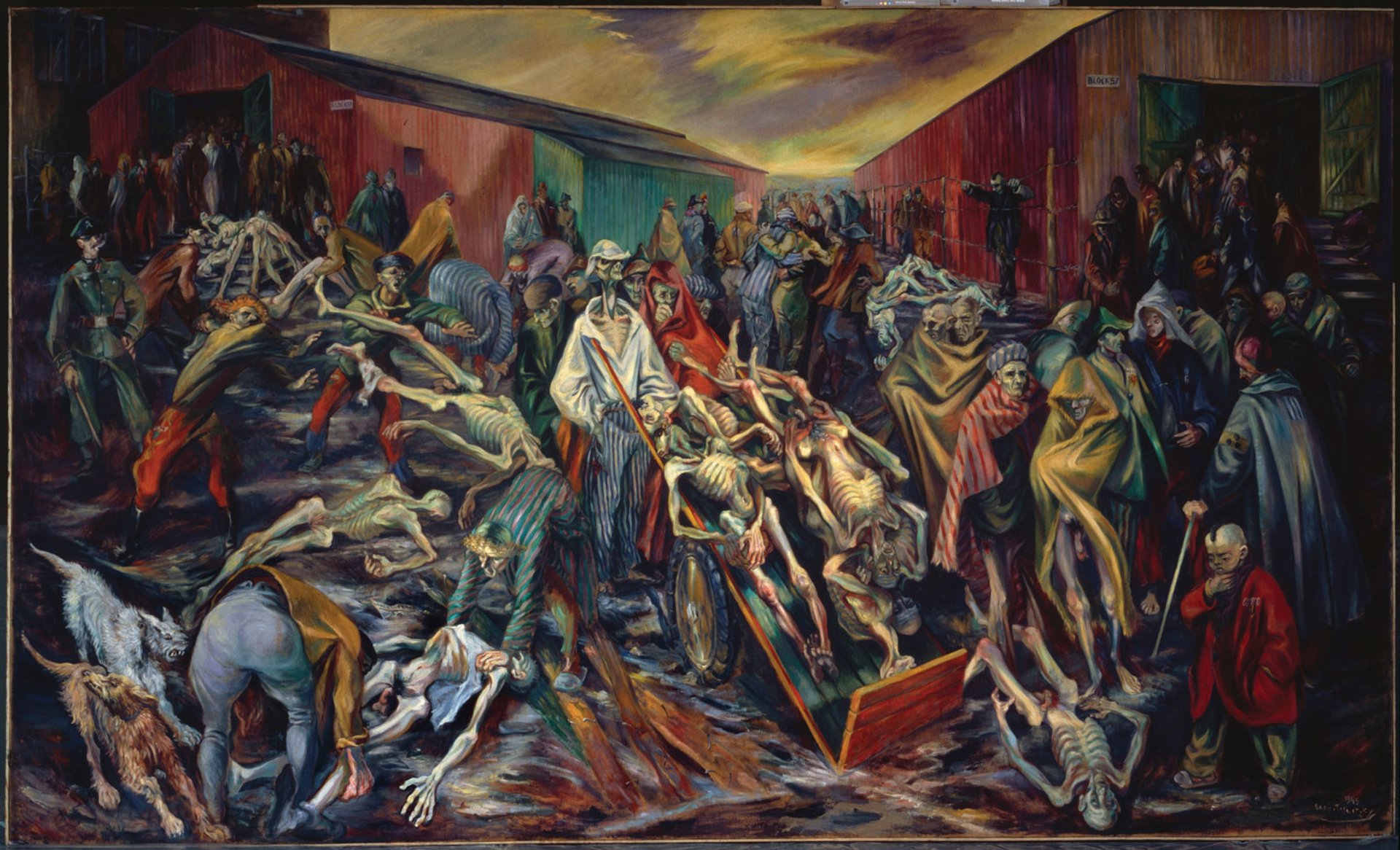
Boris Taslitzky's painting Le Petit Camp à Buchenwald (1945) Digital Image: © Rmn Grand Palais/Dist. Photo Scala, Florence; © Boris Taslitzky, by SIAE 2021
In an interview with Il Giornale dell’Arte, the Italian Art Newspaper, Clair says that the “golden” age of Hell in art was between the 11th and 14th centuries, when miniatures and other iconography showing the devil “as a gaping-mouthed beast” prevailed. Artists of the 19th and 20th centuries, such as Eugène Delacroix, returned to the subject but the traditional representation of Hell—fire, brimstone and bodies in agony—has largely vanished, Clair argues. He says no images in the show touch on Covid-19 as there is not yet “enough detachment from the experience of isolation”.
Clair also explains why the topic is so contentious, especially in Rome: “The Roman Catholic Church itself remains silent on the subject. Pope Francis has intervened very little, limiting himself to saying years ago that ‘we must not abandon the idea of Hell’… the Church still believes in evil, but the phantasmagoria of Hell and its devils, although terrible, seems childish and outdated.”
He gives other insights into what Hell might signify in a contemporary sense: “The disappearance of faith in all its forms, whether in God or in a political system, has resulted in gigantism [large-scale works] in art on the one hand, [and] on the other derision, sarcasm and vulgarity to a level never reached before. I am naturally thinking of Damien Hirst and Jeff Koons, for example, who recently installed Bouquet of Tulips (2019) in front of the Grand Palais. Art today has become powerless and no longer conveys hope.”
• Inferno, Scuderie del Quirinale, Rome, 15 October-9 January 2022


